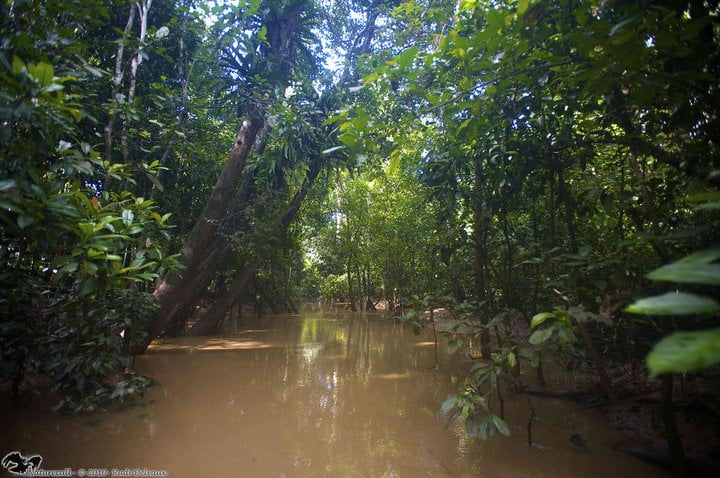The Kinabatangan Corridor Research Project: Designing living landscapes for conservation in Sabah, Borneo
About
Collaborators: Danau Girang Field Centre & HUTAN
Status: Completed
This project aimed to undertake a comprehensive landscape-level assessment using a systematic conservation planning approach (i.e., a target-driven framework that includes conservation assessments with stakeholder input and implementation analysis). This approach aimed to identify areas that (i) provide important habitat and forest connectivity for endangered species, (ii) contain important vegetation types, (iii) are important for ecosystem processes, and (iv) could be adopted by landowners through financial incentives. This project investigated implementation strategies, such as carbon payments and sustainable oil palm certification, to produce a viable Kinabatangan conservation corridor plan.
The plan was designed to inform decision-making for the region’s land-use planners and conservation managers.
Publications
- Synergies for improving oil palm production and forest conservation in floodplain landscapes.
- Identifying where REDD+ financially out-competes oil palm in floodplain landscapes using a fine-scale approach.
The collaboration with the NGO HUTAN goes back to before DGFC was established. HUTAN has been running the Kinabatangan Orangutan Conservation Programme (KOCP) since 1996. Their intensive study site is located in Lot 2 of the Lower Kinabatangan Wildlife Sanctuary. KOCP’s site is a 4 km2 forest area where KOCP research assistants conduct behavioural observations on habituated orang-utans.
HUTAN and Professor Benoît Goossens (Director, Danau Girang Field Centre) started their collaboration back in 1999, and this has continued between HUTAN and DGFC until today.

